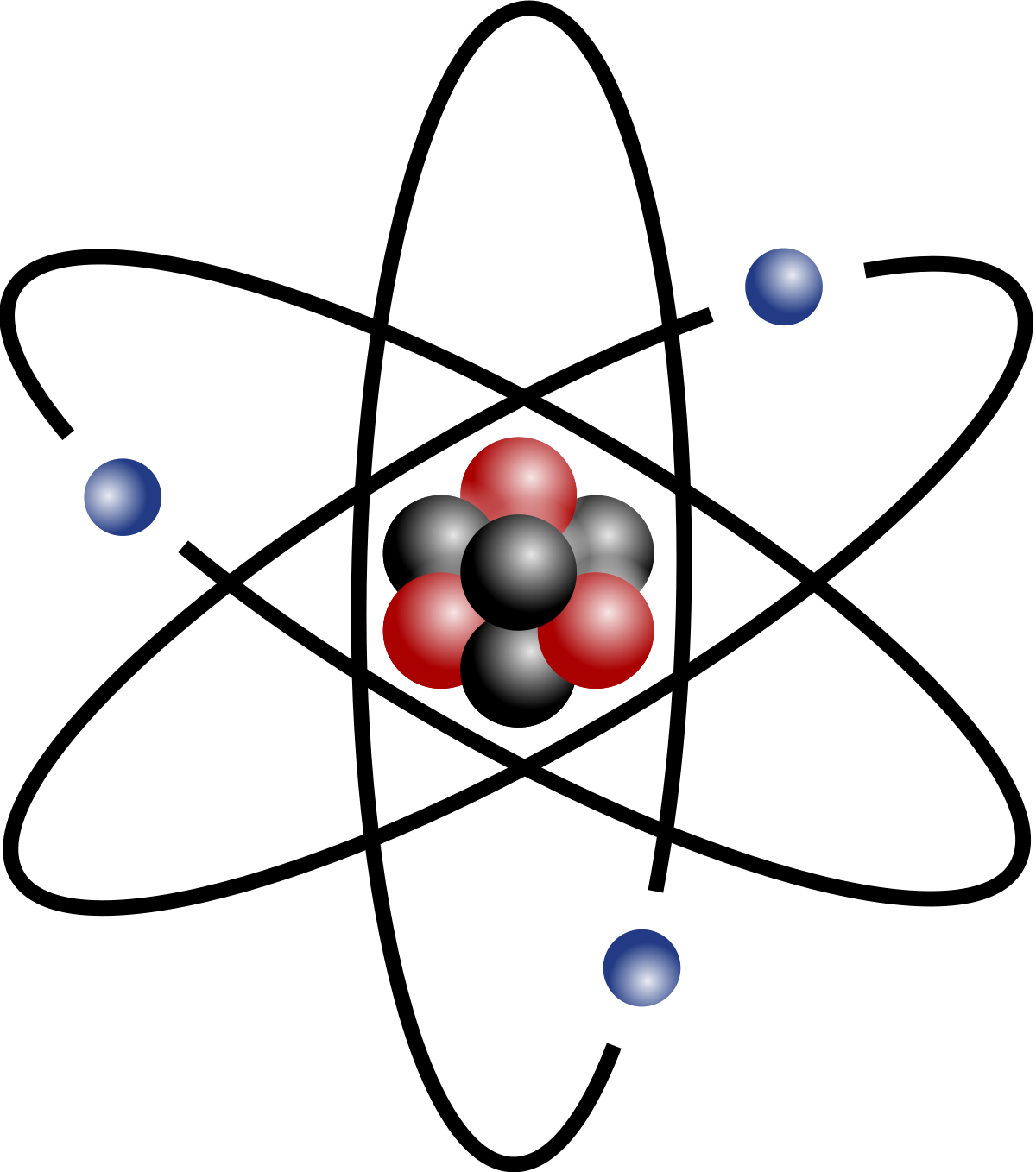MELTING POINT: −223°C
BOILING POINT: −188°C
DENSITY: 1.696 g/cm 3
MOST COMMON IONS: F −
Fluorine is a chemical element that in pure form occurs as a dimer of two fluorine atoms, F 2 . The fluorine atom has the ground state electron configuration 1s 2 2s 2 2p 5 . There is only one stable, naturally occurring isotope of fluorine: 19 F. However, the radioactive isotopes 17 F, 18 F, and 20 F are known. The inclusion of the isotope 18 F (half-life 110 minutes) in bioorganic molecules is an important noninvasive technique used in the study of living tissue by positron emission tomography.
Fluorine is the most electronegative element. It is the lightest and most reactive element in the halogen family. Fluorine is a poisonous, corrosive, pale yellow gas with an acrid odor. It is the most powerful oxidizing agent known. The low F–F bond energy and the high energy of bonds between fluorine and other elements combine to make reactions of fluorine exothermic.
- It is not always easy to make sensible comparisons between the elements however as some bonds are quite short because of multiple bonding (for instance the O=O distance in O 2 is short because of the the double bond connecting the two atoms. The bond length in FF is: 141.8pm. There are several other ways ways to define radius for atoms and ions.
- Therefore the F electron configuration will be 1s 2 2s 2 2p 5. Video: Fluorine Electron Configuration Notation The configuration notation provides an easy way for scientists to write and communicate how electrons are arranged around the nucleus of an atom.
Elemental fluorine was first prepared by Henri Moissan in France in 1886 via the electrolysis of anhydrous hydrogen fluoride in the presence of potassium fluoride. Fluorine forms compounds with all of the elements except helium, neon, and argon. In nature, fluorine is primarily found in the minerals fluorospar (CaF 2 ), cryolite (Na 3 AlF 6 ), and fluoroapatite (CaF 2 ·3Ca 3 (PO 4 ) 2 ), together comprising 0.065 percent of Earth's crust (making fluorine the thirteenth most abundant element). These minerals are widely used as electrolytes in the preparation of aluminum, as fluxes in the metallurgy of iron, and as additives in ceramics.
F Atomic Number
That means there are 9 electrons in a fluorine atom. Looking at the picture, you can see there are two electrons in shell one and seven in shell two. ► More about the history and places to find fluorine. ► Next element of the periodic table.
Other important inorganic compounds of fluorine include uranium hexafluoride, UF 6 , a volatile substance that was used to separate 238 U from the fissionable 235 U by gaseous diffusion in the Manhattan Project . Sodium fluoride, NaF, is often added to drinking water and to toothpaste in order to reduce the incidence of tooth decay.
When hydrogen is replaced by fluorine in organic compounds, the properties of the compounds are substantially altered. The new compounds have increased chemical, thermal, and oxidative stability. Low molecular weight chlorofluorocarbons , known as Freons, are nonflammable, dense, nontoxic compounds particularly useful as refrigerants and blowing agents. Substitutes for these ozone-depleting compounds are being developed.
Teflon (polytetrafluoroethylene) is a chemically inert polymer used to create nonstick frying pans. Polytetrafluoroethylene can be modified to form a coating, Gore-Tex, which allows the passage of water vapor, but not liquid water, and is used in many articles of clothing. Polymeric perfluorinated ethers are widely used as high performance oils and lubricants.
The introduction of one to three fluorine atoms to large organic molecules, such as steroids, has been shown to modify the biological activity of these molecules. Many of these fluorine-containing compounds that are useful as pharmaceutical agents have been prepared. The compound 5-fluorouracil is a widely used anticancer agent. Prozac (containing fluorine) is a well-known antidepressant drug. In addition, agrochemists have developed many herbicides (e.g., trifluralin), insecticides (e.g., diflubenzuron), and fungicides (e.g., flutriafol) that incorporate fluorine. Fluorinated dyestuffs and fluorinated liquid crystals have also found commercial use.
SEE ALSO Atmospheric Chemistry ; Halogens ; Ozone .
Suzanne T. Purrington
Facts About Fluorine
Bibliography

F Atom Metal
Banks, R. E.; Smart, Bruce E.; and Tatlow, J. C. (1994). Organofluorine Chemistry: Principles and Commercial Applications. New York: Plenum Press.
F Atomic Orbital
Gould, Edwin S. (1955). Inorganic Reactions and Structure. New York: Henry Holt.
